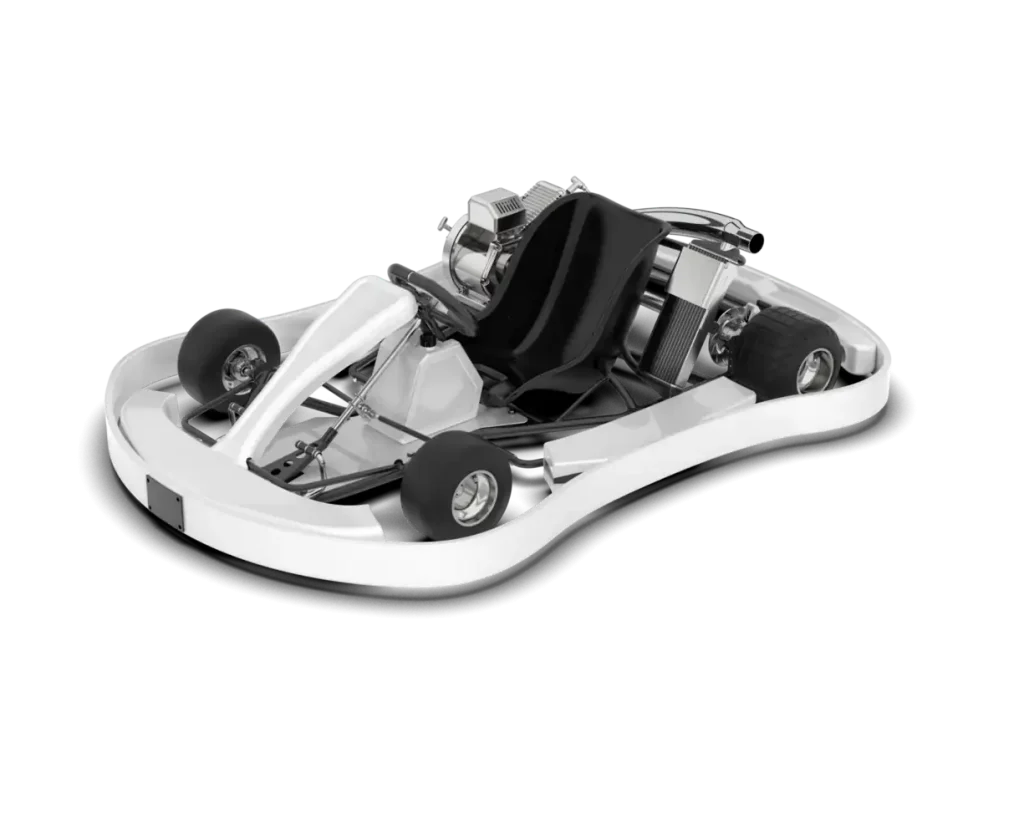Unlock Peak Performance with Kart Fitness Training: Your Key to Faster Laps
Are you passionate about go-kart racing and eager to shave precious seconds off your lap times? Kart fitness training might just be the game-changer you need. In the fast-paced world of motorsport, raw talent and technical skills only take you so far—true champions combine on-track practice with a dedicated fitness regimen tailored specifically for kart drivers. No matter if you’re an amateur on your local circuit or dreaming of professional go-kart championships, building the right physical and mental foundation can boost your performance, reduce fatigue, and help you stay safe behind the wheel. Dive into this comprehensive guide to discover how kart fitness training will transform your racing career!
Why Kart Fitness Training Matters
Before strapping into your kart, ask yourself: am I physically prepared for the demands that come with high-speed cornering and intense G-forces? Karting isn’t just about steering—drivers are subjected to rapid directional changes, neck strain, and sustained adrenaline spikes. A tailored kart fitness program addresses these unique challenges by enhancing cardiovascular endurance, muscular strength, and mental focus. Prioritizing fitness not only amplifies on-track performance, but also lowers the risk of injury, expedites recovery between races, and helps maintain consistency throughout an entire racing season.
Key Benefits of a Specialized Kart Fitness Program
1. Enhanced Cardiovascular Endurance
Long heat races and back-to-back events place significant stress on the heart and lungs. A robust endurance plan—comprising running, cycling, and interval training—strengthens your cardiovascular system, enabling you to maintain peak concentration during critical final laps. Improved stamina also keeps you sharper when others start to wane, giving you a decisive competitive edge.
2. Increased Muscular Strength and Stability
Kart drivers rely heavily on their upper body—particularly the shoulders, forearms, and core—to control high-speed steering and fight understeer. Incorporating resistance exercises like kettlebell swings, dumbbell presses, and bodyweight pull-ups develops the muscle endurance necessary for precise steering inputs and consistent performance throughout a race day.
3. Better Core Control and Posture
Maintaining optimal posture in a cramped kart cockpit requires a rock-solid core. By working on abdominal and lower-back strength through planks, Russian twists, and dead bugs, drivers can resist fatigue-induced slouching, which otherwise slows reaction times and increases the risk of back pain.
Components of an Effective Kart Fitness Training Plan
Cardiovascular Workouts
- Steady-State Runs or Cycling: 3 sessions per week, 30–45 minutes at moderate intensity.
- High-Intensity Interval Training (HIIT): 2 sessions per week, alternating sprint intervals of 30 seconds with 1-minute recovery.
- Swimming or Rowing: Low-impact cross-training to protect joints while boosting lung capacity.
Strength and Resistance Training
- Upper Body Circuit: Push-ups, pull-ups, shoulder presses—3 sets of 10–15 reps each.
- Grip Strength Drills: Farmer’s walks, wrist curls, hand grippers—improve steering control.
- Legs and Hips: Squats, lunges, hip thrusts—build lower-body stability for quick weight shifts.
Core Stability and Flexibility
Integrate core workouts (plank variations, medicine-ball throws) and dynamic stretches (hip openers, spinal rotations) into every training session. Flexibility not only enhances comfort in the tight cockpit but also minimizes muscle strains during rapid direction changes.
Mental Conditioning and Reaction Training
In karting, split-second decisions can make or break your race. Incorporate visualization exercises, mindfulness meditations, and reaction drills (lightboard training or video-based decision-making games). A focused mind manages stress better, identifies overtaking opportunities, and executes consistent lap times under pressure.
Sample Weekly Schedule for Kart Drivers
- Monday: HIIT session + core workout + stretching
- Tuesday: On-track practice + mental conditioning exercises
- Wednesday: Strength training (upper body focus) + flexibility routine
- Thursday: Endurance run/cycle + reaction time drills
- Friday: Rest or light recovery swim
- Saturday: Full go-kart session + post-session mobility work
- Sunday: Strength training (lower body focus) + meditation
Real-World Example: From Rookie to Podium
Meet Alex, a regional kart racer who struggled with fatigue in the last 5 laps of every heat. After committing to a 12-week kart fitness training plan—combining cardiovascular workouts, strength circuits, and mental drills—Alex noticed a 15% improvement in lap consistency and reported feeling stronger in his neck and shoulders. In the following season, he clinched his first podium finish, attributing his success to the physical and mental gains made off the track.
Overcoming Common Challenges in Kart Fitness Training
Time Constraints
Juggling work, family, and racing can leave little room for workouts. The solution? Micro-sessions—10-minute core blasts or HIIT bursts that fit into lunch breaks or early mornings. Consistency, even in short doses, drives progress.
Avoiding Overtraining
It’s tempting to push every day, but rest is part of the program. Pay attention to sleep quality, maintain balanced nutrition, and integrate active recovery—such as foam rolling or yoga—to keep muscles primed for action.
Staying Motivated
Set small, measurable goals: improving plank hold time, increasing your deadlift weight, or lowering your 5K run time. Tracking progress with a training journal or a fitness app helps maintain momentum and accountability.
Ready to Transform Your Performance?
Whether you’re just starting out or aiming for the championship podium, kart fitness training is the missing link to unlocking your full potential. Embrace a comprehensive regimen that balances endurance, strength, flexibility, and mental focus—and watch your lap times drop. Want personalized guidance? Join our kart fitness community today for customized workouts, expert coaching tips, and an exclusive members-only forum. Start your journey toward faster laps and longer racing careers now!

